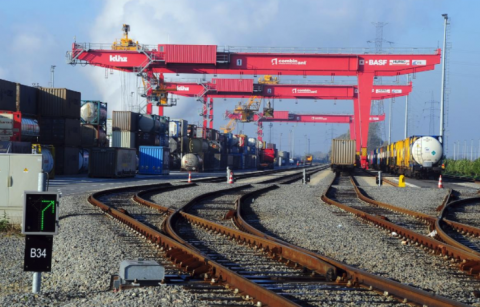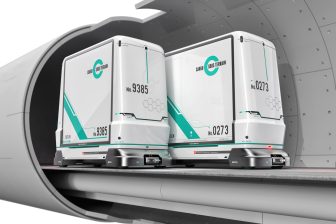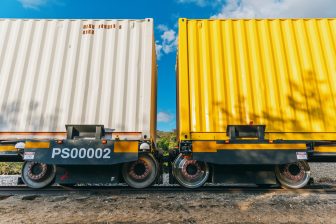
Digital tool to align terminal and railway traffic in Port of Antwerp
Alignment between terminal planning and traffic management is sometimes hard to find in the rail freight industry. Thanks to new technologies, this is about to change, at least in the Port of Antwerp. The Rail Traffic System is to bring all parties together in one digital platform.
“The Rail Traffic System (RTS) is a web application used to optimise communication between all the parties involved in rail transport. The main functionality of the first version is planning and real time monitoring of trains. Railway undertakings can reserve a terminal slot via RTS”, said An Cant, business solutions architect at the Port of Antwerp. She will present the system at the conference Improving Rail Terminal Efficiency.
Focus market
“In the first version we focus mainly on railway undertakings, companies that load/unload wagons and third parties involved in rail transport, such as shippers, forwarders and intermodal operators. With many of these companies we are testing the system now. We are planning to go live in the second quarter of 2019.”
According to Cant, terminals in the port of Antwerp had complained about the lack of communication and transparency in rail transport. Currently, the various parties all use their own system or communicate via phone or mail. “In this way, it is difficult to solve disputes, or share information with colleagues and third parties”, Cant said.
No alignment
“Sometimes there is hardly any communication between railway undertakings and terminals. Information is exchanged through a third party; this is not efficient, information is not up to date. There is no alignment between the terminal planning and the traffic management carried out by the infrastructure provider”, Cant continues.
In order to solve these issues, the Port of Antwerp, together with Railport – a joint initiative of the port and the private sector to boost rail transport in the port – , spent a lot of time in talking to all the terminals and railway undertakings to get an idea of the current problems and to work out a system that could be used by the whole port community. “A challenge is our aim to build an application that can be used by all types of terminals (container, break bulk, chemical, industry, tank storage and dry bulk) as well as by all types of train transport (single wagons and block trains).
Different functions
For terminals, the RTS forms a unique platform to communicate with all the railway undertakings active in the port of Antwerp. Meanwhile, for railway undertakings it provides insights in the available train handling capacity of terminals, possible communication and future cooperation with other railway undertakings. “Better communication and alignment of processes of different parties will lead to less delays, more efficient use of infrastructure (at the terminal and railway yards in the port) and reduced costs.”
Once the first version is up and running, the Port of Antwerp and Railport plan to launch a second version for the cooperation and information exchange with Infrabel. This will include features such as alignment between terminal slots, train paths and yard planning.
Freight and Terminal Forum
The conference Improving Rail Terminal Efficiency takes place on the last day of the three-day exhibition fair called the Freight and Terminal Forum. As part of the larger RailTech Europe 2019, this event is held from 26-28 March 2019. Registration is already open. More information can be found here.
Also read:





